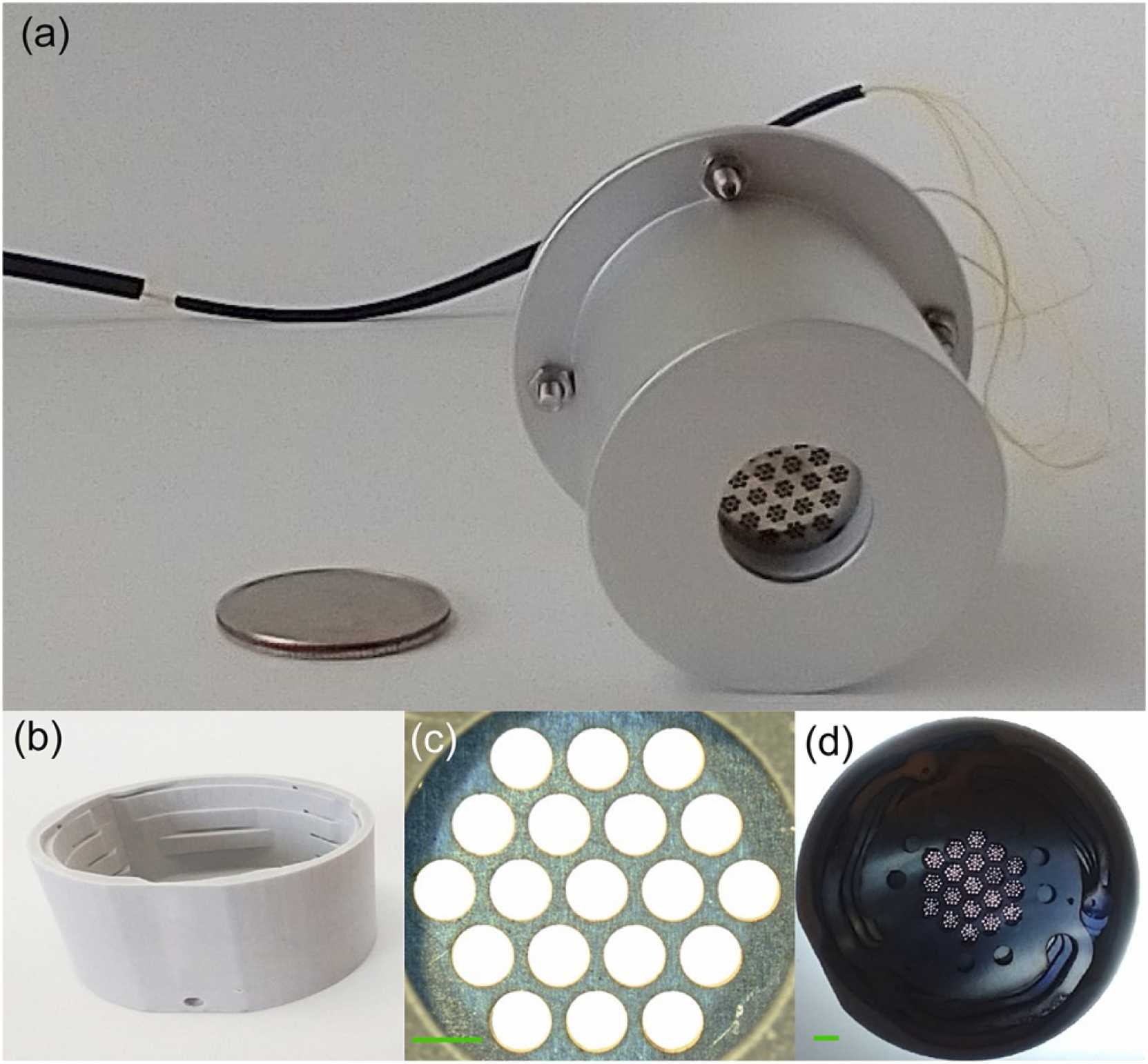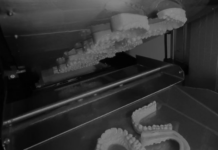Researchers at the Massachusetts Institute of Technology (MIT) have used 3D printing to create unique plasma sensors with the potential to help scientists better understand the impact of climate change.
Compared to traditional weather-monitoring sensors, the team’s laser cut and 3D printed alternative can be produced outside of cleanroom conditions, reducing its lead time from weeks down to just a few days. This, alongside their relatively low manufacturing cost, could make the devices ideal for fitting to CubeSats, where they can monitor temperature fluctuations in Low Earth Orbit (LEO).

“Additive manufacturing can make a big difference in the future of space hardware,” says MIT Principal Scientist, Luis Fernando Velásquez-García. “Some people think that when you 3D print something, you have to concede less performance. But we’ve shown that is not always the case. Sometimes there is nothing to trade off.”

















































